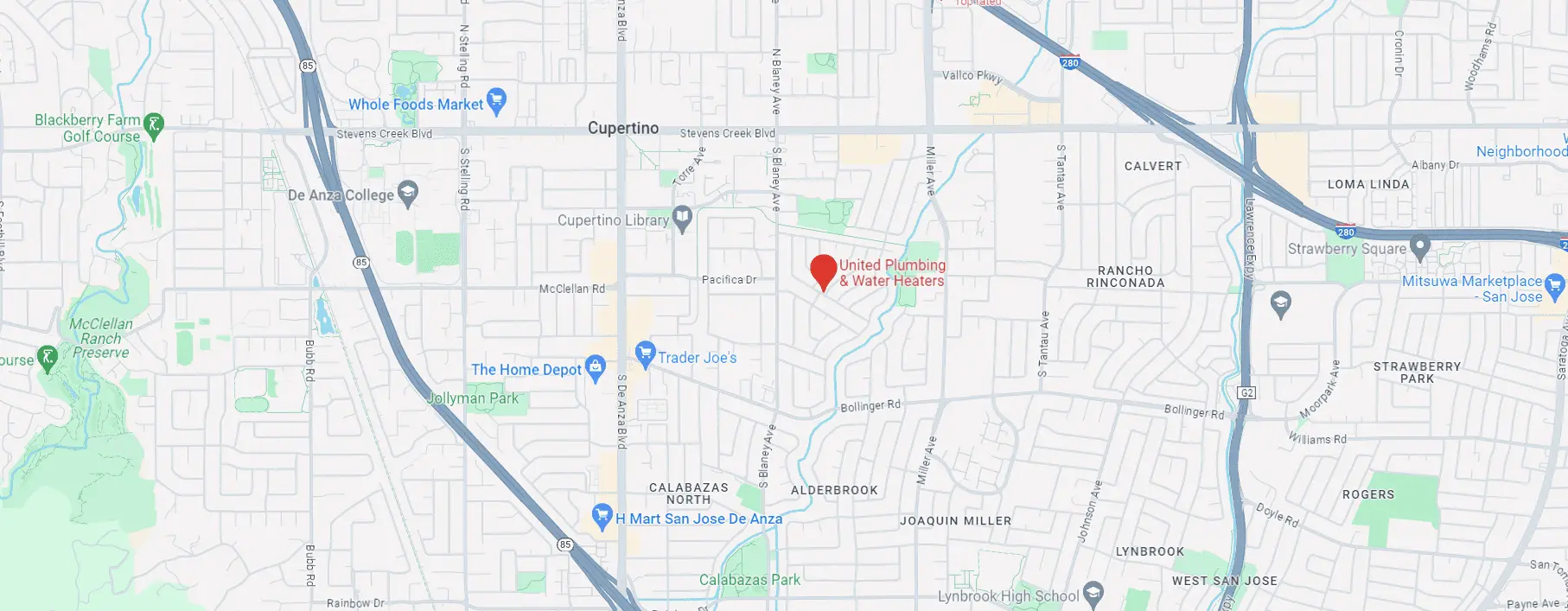THE ANATOMY OF YOUR WATER HEATER
Understanding the Anatomy of Your Water Heater
As a homeowner in San Jose, it’s important to understand the anatomy of your water heater. Knowing the different parts and how they function can help you diagnose problems and maintain your water heater to ensure it runs efficiently and safely for years to come.
The Tank
The tank is the main part of your water heater and is responsible for holding the hot water. It’s typically made of steel and can hold anywhere from 20 to 80 gallons of water. The tank is insulated to keep the water hot and has a drain valve near the bottom for emptying the tank if necessary.
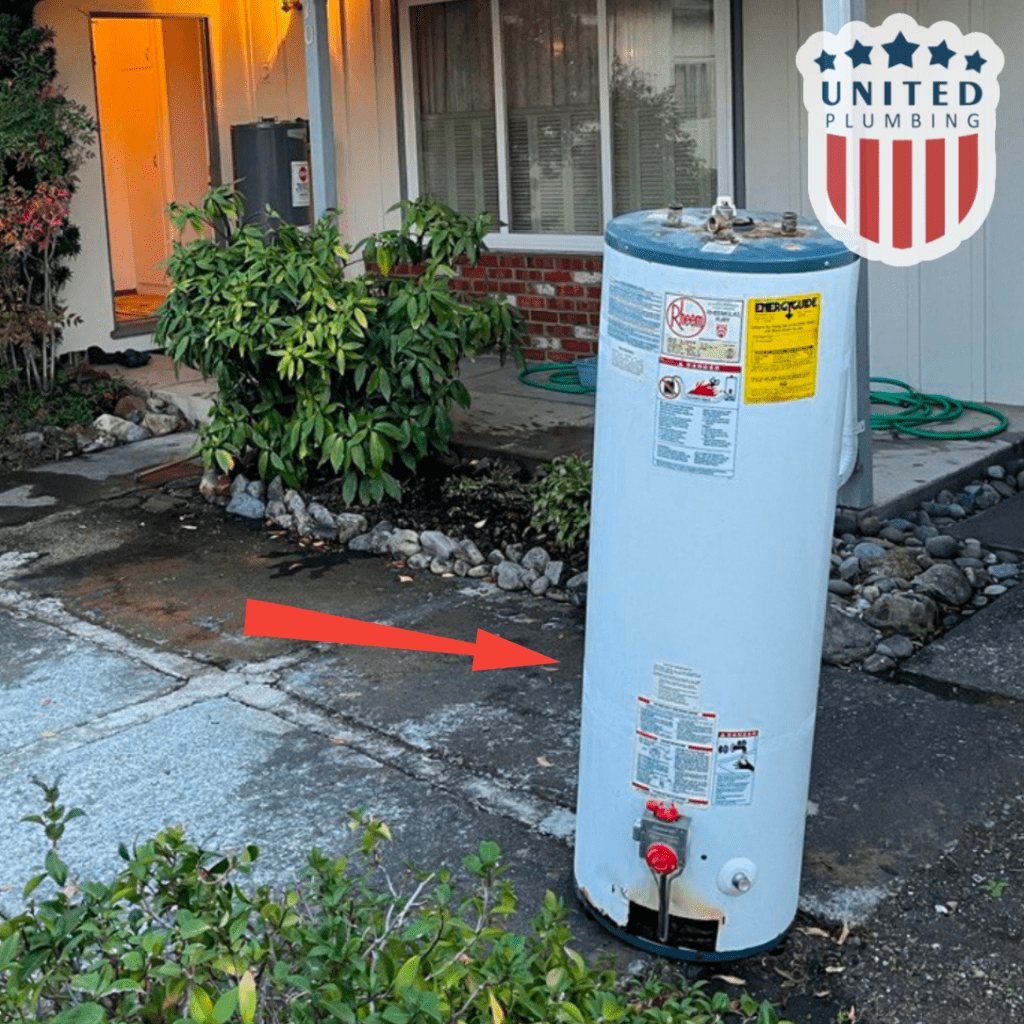
The Heating Elements
Electric water heaters have two heating elements, which are responsible for heating the water inside the tank. These elements are typically located at the top and bottom of the tank and are controlled by the thermostat.

Gas water heaters have a gas burner located at the bottom of the tank. The burner is responsible for heating the water and is controlled by a thermostat.
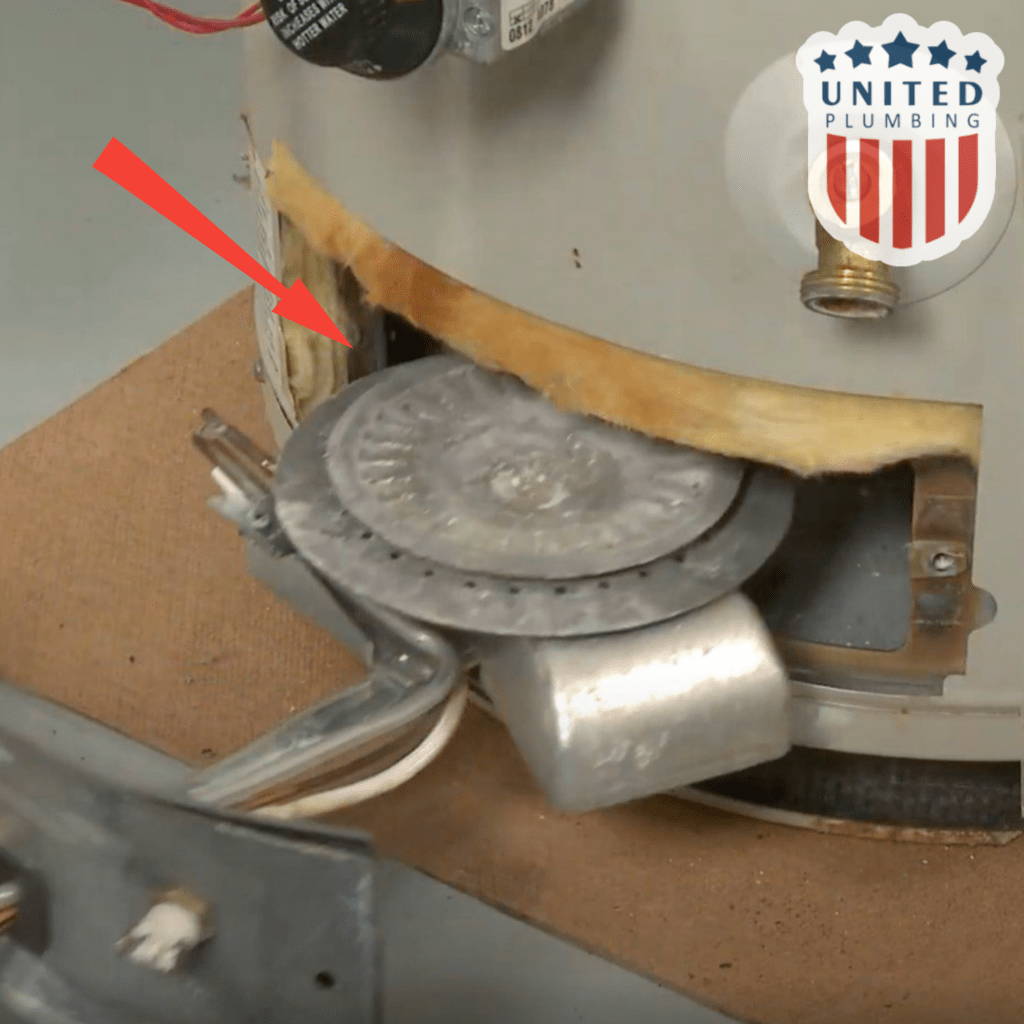
The Thermostat
It is responsible for regulating the temperature of the water in the tank. It’s typically located near the top of the tank and can be adjusted to meet your specific hot water needs. If the temperature setting on the thermostat is too high, the water can become dangerously hot and lead to scalding. If it’s set too low, you may not have enough hot water. It’s recommended to set the thermostat to 120°F to balance safety and energy efficiency.
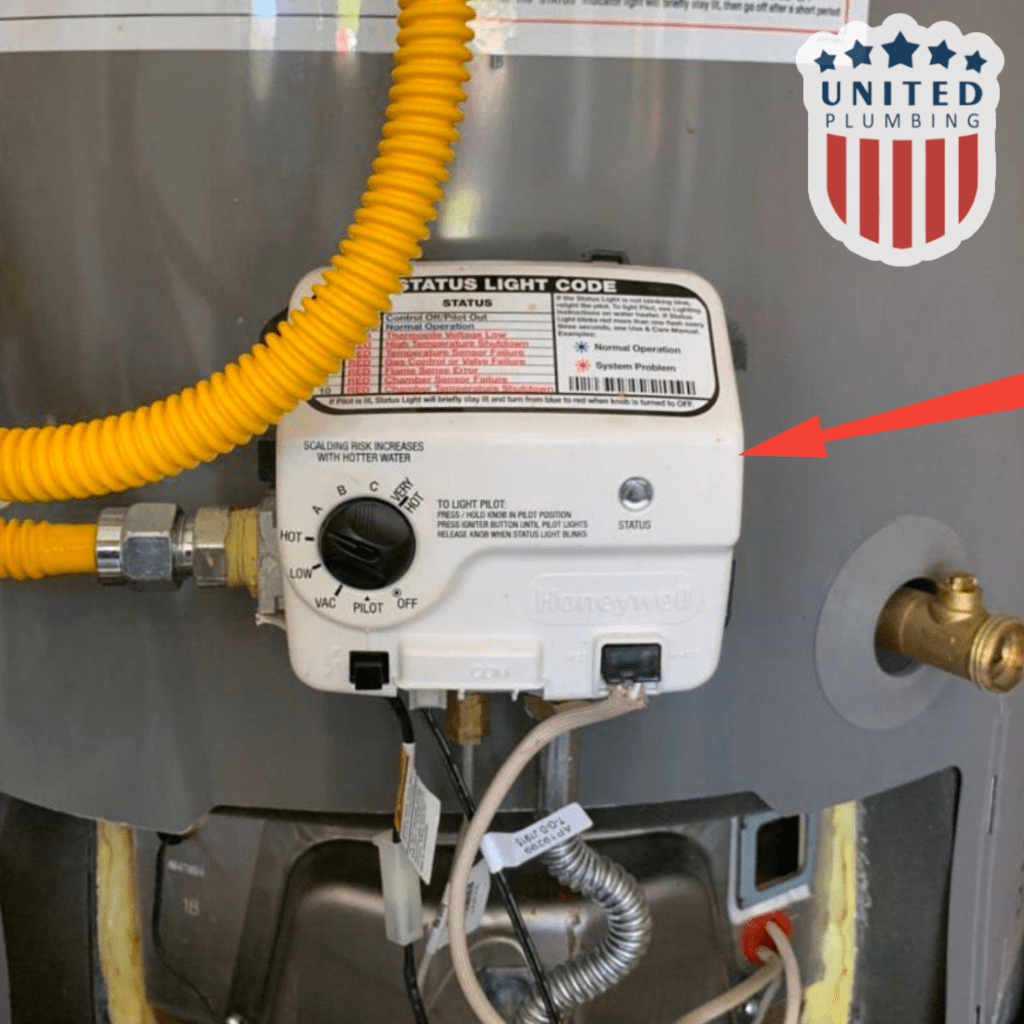
The Anode Rod
The anode rod is a sacrificial metal rod that’s inserted into the tank. Its purpose is to attract corrosive elements in the water and prevent them from corroding the tank itself. Over time, the anode rod will become corroded and will need to be replaced.
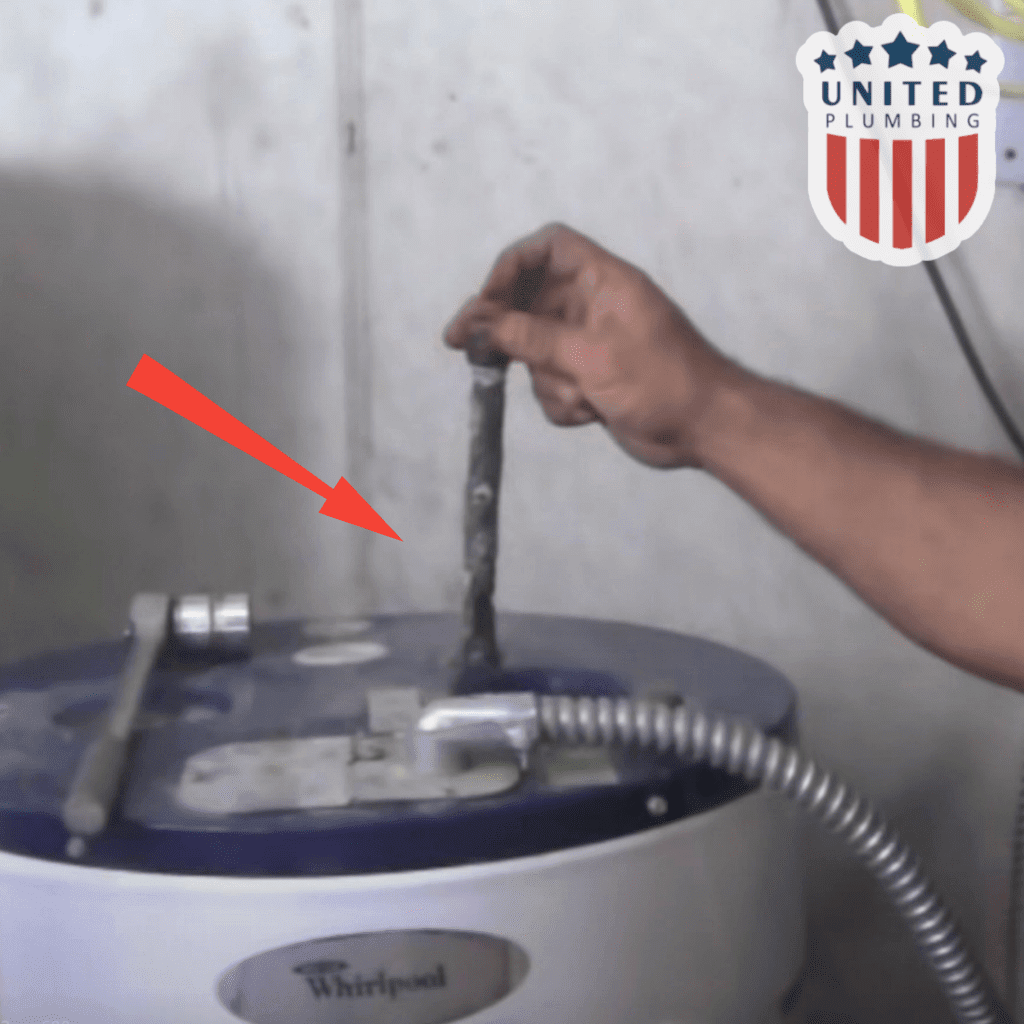
The Pressure Relief Valve
The pressure relief valve is an important safety feature of your water heater. It’s designed to relieve excess pressure in the tank in case it becomes over-pressurized. If the pressure relief valve fails, it can result in a catastrophic failure of the water heater. It’s important to have the pressure relief valve checked regularly to ensure it’s functioning properly.
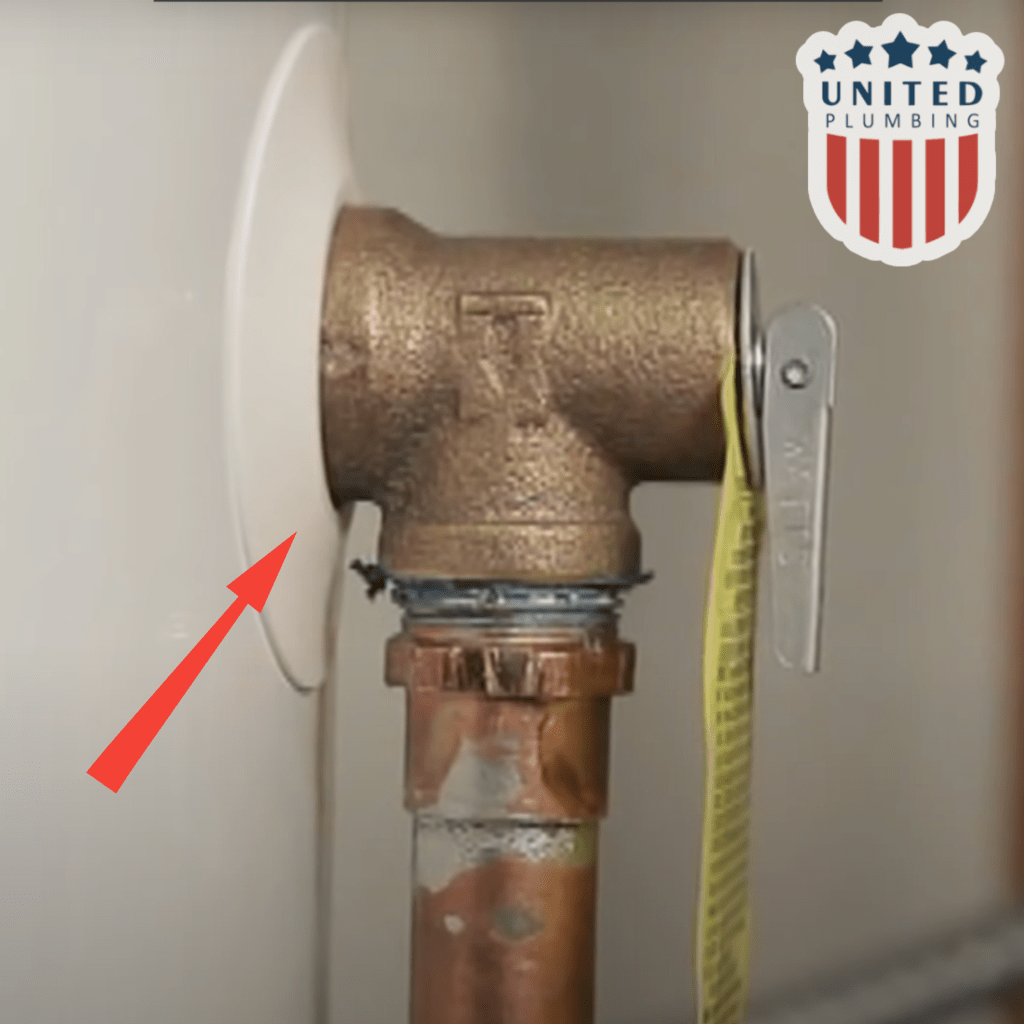
Common Problems with Water Heaters
There are several common problems that can occur with water heaters. One of the most common is a leaking water heater. This can be caused by a number of factors, including a corroded tank, a faulty pressure relief valve, or a broken drain valve. Other common problems include not enough hot water, discolored water, and strange noises coming from the tank.
Understanding the anatomy of your water heater is crucial for proper maintenance and identifying any problems that may arise. If you’re experiencing issues with your water heater or need a water heater repair, installation, or service in San Jose, it’s important to contact a professional plumber with experience in water heaters. They can diagnose the problem and provide the necessary repairs or replacements to ensure your water heater is functioning properly and efficiently.
Post views: 848

